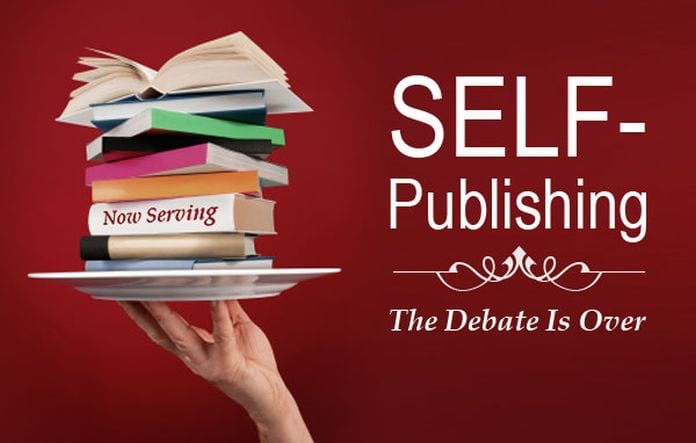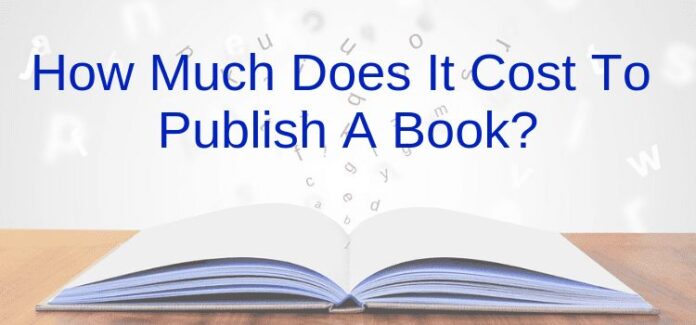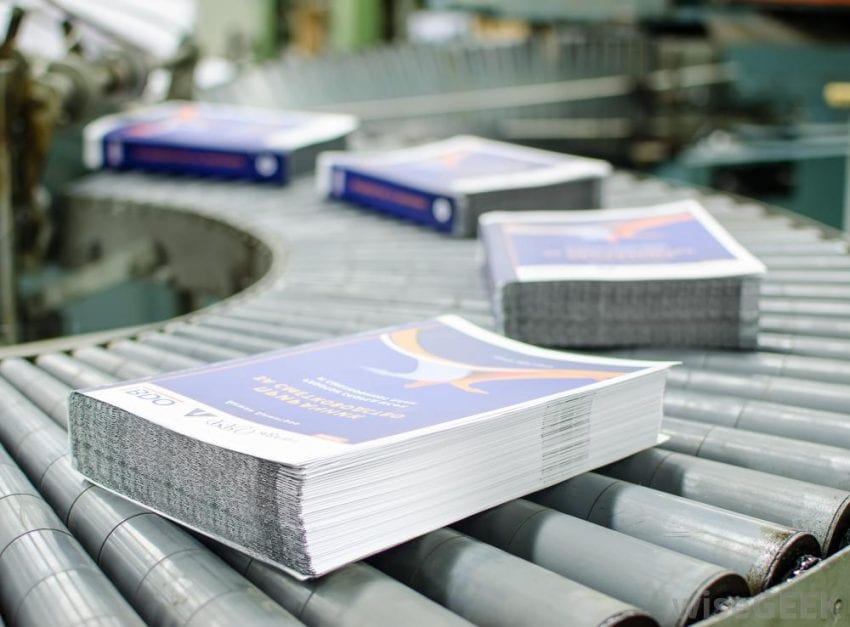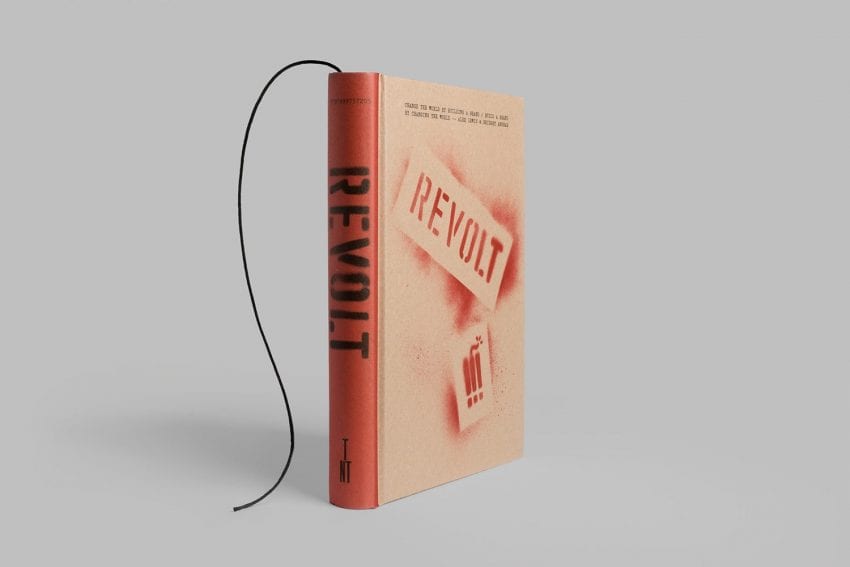It used to be that you needed a publisher to produce a book or, at the very least, very deep pockets. Today, neither of these limiting factors are in play. It’s possible for just about anyone – including you – to self-publish at a cost-effective price point.
6 Tips for Self-Publishing

Self-publishing is the way of the 21st century. It allows for total creative freedom, offers a guarantee of publishing, promises 100 percent ownership of rights, and results in a greater portion of royalties. But in order to enjoy these benefits, you have to put in the work.
For the purposes of this article, we’re going to assume that you already have a book idea and are reasonably familiar with the technical aspects of what it takes to write a book. Our focus will be on the physical process of publishing and printing a book. In other words, the aim is to help you go from a Word document to a tangible book that you can hold (and sell). With that in mind, here are a few helpful tips:
- Set a Budget

Any time you start a business project, it’s wise to develop a budget. It’s not the sexiest part of the process, but it is one of the most integral. A budget establishes parameters and guardrails that are designed to keep you from straying too far from your intended path. And the more you learn to respect these constraints, the better the results will be.
When setting a budget for a self-published book, it’s important to think through all of the different factors. This may include: research, copyediting, design work, printing, shipping, fulfillment, marketing, advertising, and promotion. When in doubt, include room for each of these categories in your budget. It’s better to have margin than to be constricted in the middle of a project.
2. Get the Formatting Right
Your copy editor should be able to help you with formatting. In particular, familiarize yourself with the industry norms for things like font size, page breaks, margins, etc. It’s easier if you have these elements clarified before you begin the printing process. You’ll save time and frustration – both of which are finite resources in self-publishing.
3. Find the Right Printer

Once you have a budget and a manuscript, it’s time to begin the printing process. And one of the first choices you’ll have to decide between a traditional offset printer and a digital printer.
A traditional offset printer creates printing plates that are specifically designed for your book. This setup requires some tweaking and optimization to get right and is generally used for big orders of 5,000-plus copies.
If you have a smaller order, you probably don’t need a traditional offset printer. You may be better off going with a digital printer.
According to PrintingCenterUSA, “All work is done to set up a press for printing and the setup is easier, thus lowering labor costs. No printing plates are needed and the file goes directly to press and prints directly from computer to paper. The first copy is up to color. Costs remain constant over all run lengths.”
There are a number of digital printing services available online. Do your research and choose one that (a) has been around for a while, (b) has a good reputation, and (c) offers competitive rates.
4. Choose the Right Type of Binding
If you’ve never published a book before, you may not be aware of all the different kinds of binding. There’s saddle stitching, sewn bound, perfect bound, tape bound, and case bound – just to name a few. Each has its own distinct advantages, disadvantages, and price points – so make sure you choose wisely.
5. Design a Creative Cover

For better or worse, most customers are heavily influenced by the aesthetic appeal of a book cover. If you can design a compelling cover – and include an enticing description – people will be much more willing to purchase your book. Having said this, make sure you take the time to hire a professional designer and to include the cost in your budget.
6. Let people know about your book
Send out some press releases to various media that are relevant to you. Maybe use something as prnews.io that lets you easily do that and communicate with bigger publications. Holding a press conference is also not a bad idea!
Learn From the Experience
The first time you self-publish a book, everything is new. You’re learning how to do each step for the first time. As you publish subsequent books, you’ll discover that the process becomes easier, faster, and more intuitive. The key is to learn from your experiences and use them to improve each time. Though it could take some time, you’ll eventually cultivate a new skill set that can be used to generate income and further your career.









